Invented by Marco A. DeMello, Attila Narin, Christopher Robert Richard Madonna, ServiceNow Inc
Traditionally, branding of client software has been a challenge for companies. Once the software is installed on a user’s computer, it is difficult to ensure that the branding remains consistent and up-to-date. This is especially true in the case of large organizations with hundreds or thousands of computers, where manually updating the branding on each individual machine is not feasible.
Server-controlled branding solves this problem by allowing companies to centrally manage and update the branding of their software. With this approach, the client software connects to a server, which then pushes the latest branding assets and configurations to the client machines. This ensures that all users see the same branding and user experience, regardless of the computer they are using.
One of the key advantages of server-controlled branding is the ability to maintain a consistent brand identity. Companies can easily update their logos, colors, and other branding elements across all client machines with a few clicks. This ensures that the software always reflects the latest brand guidelines and messaging, enhancing brand recognition and customer trust.
Another benefit of server-controlled branding is the ability to customize the user experience based on different user groups or locations. Companies can tailor the software’s interface, features, and content to specific user segments or geographic regions. This level of customization allows for a more personalized experience, which can lead to increased user satisfaction and engagement.
Furthermore, server-controlled branding provides companies with valuable insights into how their software is being used. By tracking user interactions and behavior, companies can gather data on user preferences, usage patterns, and engagement levels. This data can then be used to optimize the software and improve the overall user experience, leading to increased customer loyalty and retention.
The market for server-controlled branding is expected to continue growing as more companies recognize the value it brings. With the increasing reliance on software and digital solutions, maintaining a strong brand presence across all touchpoints is crucial for businesses. Server-controlled branding offers a scalable and efficient solution to this challenge, enabling companies to maintain consistent branding and deliver a personalized user experience.
In conclusion, the market for server-controlled branding of client software deployed across computer networks is witnessing significant growth. This approach allows companies to centrally manage and update the branding of their software, ensuring a consistent brand identity and personalized user experience. With the ability to customize the software based on user groups and locations, as well as gather valuable user insights, server-controlled branding is becoming an essential tool for businesses looking to maintain a strong brand presence in the digital age.
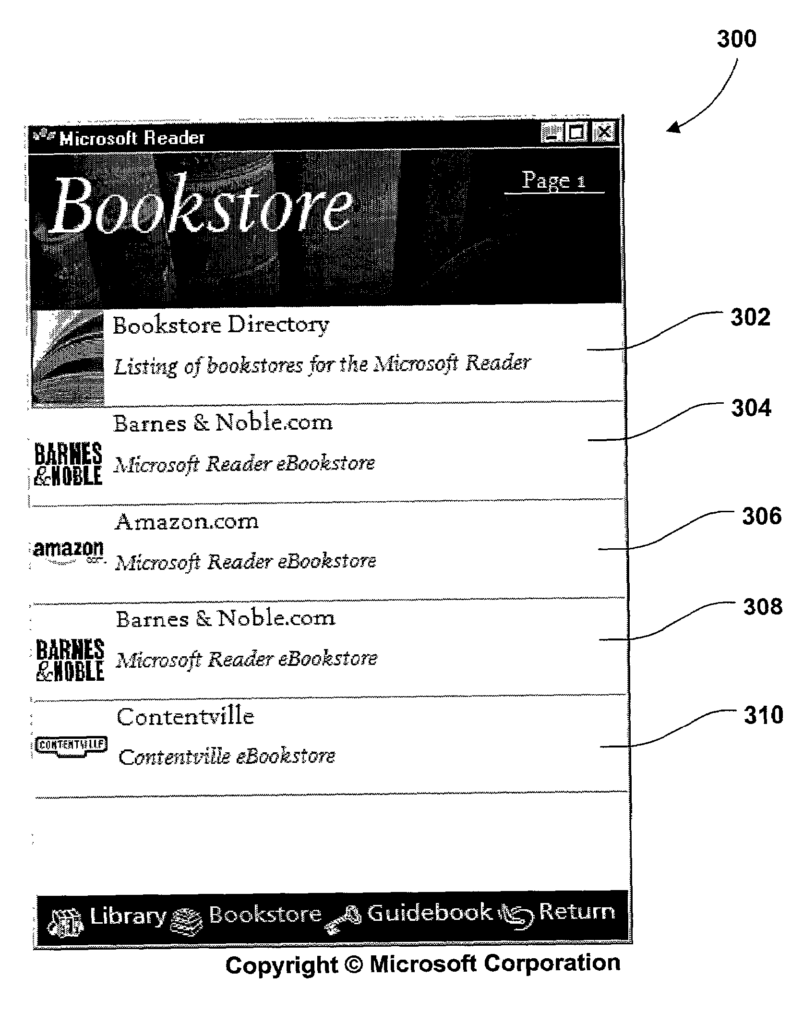
The ServiceNow Inc invention works as follows
This invention describes a method and system for branding software distributed over computer networks. The user visits the distributor’s website and downloads the software. The identity of the website from which the user initiated the download is sent to a branding service and stored on the computer of the user, preferably as a cookie, when the user visits the downloading site. The user then contacts the branding service and the computer is provided with branding instructions based on the cookie. Branding can be done by highlighting the distributor’s website in a “integrated shopping service”. It may also alter the software by adding it to a directory or displaying it prominently in an “integrated shopping service”. The branding is controlled by the brand server of the software maker and can be changed at any time.
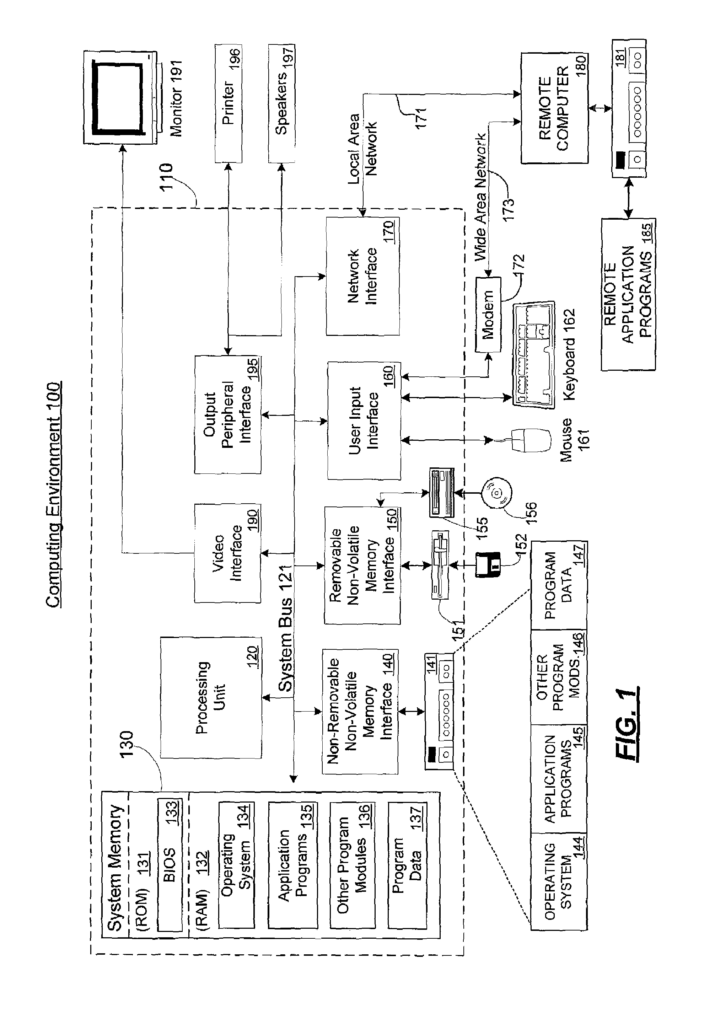
Background for The server controlled branding of client software deployed across computer networks
Some softwares require third parties to supply digital content to make them valuable to the users. An application that renders audio, video and books is a prime example. This application is only useful when there are digital contents, such as audio, video or text. This digital content, which is usually provided by third-parties, can be used with the device or application.
In general, the user will obtain content using a standalone web browser (e.g. Internet Explorer and Netscape Navigator are used to locate and download content from Internet websites that offer it. Search engines can be used to locate sites that provide content. The user is not able to purchase content directly from the rendering application.
This approach has some drawbacks. If the universal record locators (URLs) of particular web sites are hard-coded into the browser, it is difficult to add or delete web sites from the list, or to customize the list for different instances of the application. This approach has some drawbacks. If the universal record locators of specific web sites are hard coded into the browser it can be difficult to add web sites or remove them from the list or customize the list to different instances of an application.
Branding is the term for practices that a merchant uses to differentiate his products from those of other merchants. Trade dress or trademarks can be used to implement branding.
It has been hard for merchants to brand their software in the past because a manufacturer of software distributes it to many merchants who then sell it. The merchant can expose consumers to branding information on their website (such as the name of the merchant) while they are completing the purchase or downloading the software. It may be beneficial to “brand” the software by including a lasting mark in the software that indicates where the user purchased it, or that otherwise causes the software to behave in a certain way based on where it was purchased.” It may be desirable to?brand?
The need for branding becomes more acute when software is given away free to create a market. For example, a retailer of digital content might give away rendering software with the hope that customers will buy content compatible with it. A retailer may want to brand software so that users are encouraged to visit the retailer’s website to buy content.
Traditionally, software branding is achieved by creating multiple versions of the same program for each merchant that sells or distributes it. The time required to create different versions of software, test it before release and manage it afterwards results in higher costs. After the software has been released, it is not possible to change branding information. Since each brand represents a slightly different version of software, it’s difficult to upgrade the software without losing branding information.
In light of the above, it is necessary to develop a software brand system that will overcome the limitations and disadvantages of prior art.
The present invention is an infrastructure that allows a shopping service to be integrated into a user-application, such as content rendering application. The invention provides an application that includes a link leading to a retail director server. The application may store the universal record locator or?URL? The retail directory server will render a list retail websites on the client’s computer when contacted by an application. The retail directory server’s web page offers the option for the user to add all or some of the listed websites to a list of private retailers stored on their client computer. The directory server’s list of retail sites can be changed at any time. The application according to the invention includes a retail-shopping user interface that displays all retailers on the user’s private list, and allows him or her to connect with any retailer in the list. The retail shopping service can be ‘integrated’ into the application. “A retail shopping service is thus?integrated?
In one embodiment, an application that integrates an integrated service is a content rendering application, like an eBooks-reading application. The integrated shopping service can be implemented as an “integrated bookshop” in such an application. The list displays on-line bookshops that sell eBooks, and the user can navigate directly to these bookstores through the list. The retail directory server, whose URL appears in the application, may offer a “bookstore directory.” The user is presented with a list on his/her computer of online bookstores and given the option to add them to their private list. The list of booksellers that is displayed by the application as part of its “integrated bookstore” to the user. The user’s private list of booksellers selected from the directory page.
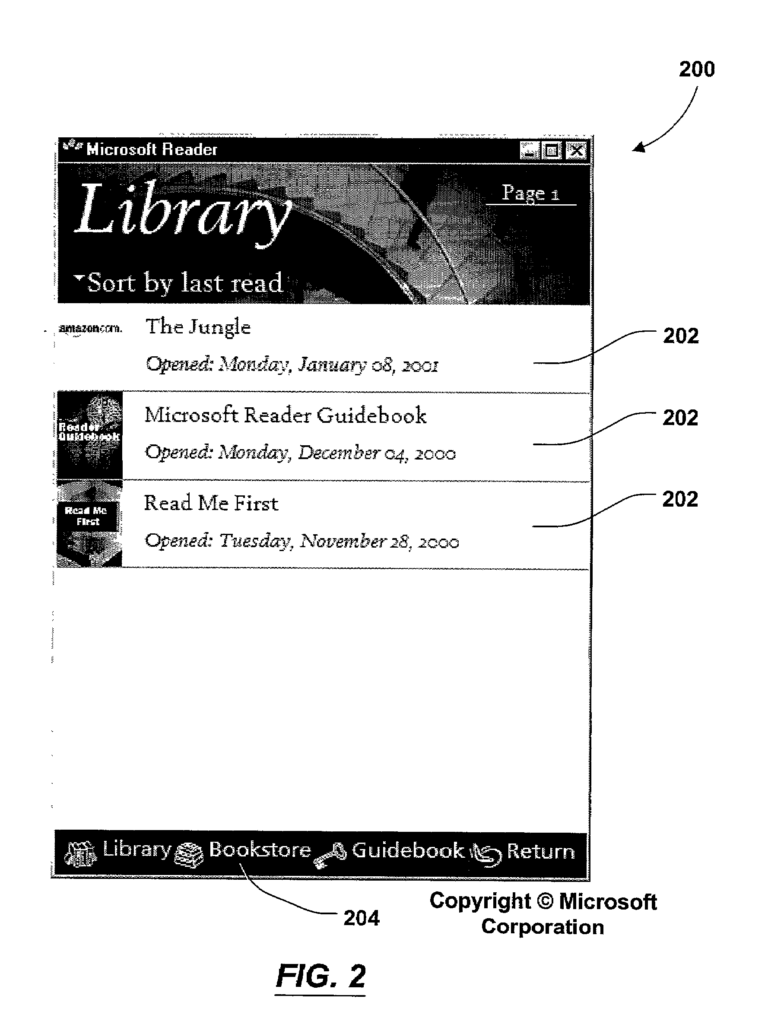
In another embodiment, a retail directory server could be configured to send arbitrary data, and not just a list, to the user. The directory server could, for example, download to the machine of the user a collection of offline catalogues which the user can then use to purchase content even when the computer is not connected to Internet. If the user’s device is a small computer, for example, the user could shop for content off-line, with orders being stored and transmitted to the appropriate website when the device was cradled. The user’s computer may store parameters, such as cookies, that enable customized content to delivered from the retail directory server. The user can subscribe to a newsletter online (e.g. through previous contact with retail directory) and the newsletter will be updated each time the bookstore server is contacted. The use of a bookshop directory server is more flexible than systems that hardcode a retail web site list into an application.
The present invention provides a further technique for branding.” Branding criteria such as e.g. The location where the software was downloaded.
When downloading software from the Internet the branding criteria is captured on the client. The site where the software was downloaded, for example, may deposit an indication of its download source onto the client. The client can then contact a server for branding and send the information captured to it. The server will then send branding instructions to client software. These instructions can be in the form of executable codes and/or identifying markers such as logos. Branding instructions and indicators may be updated by contacting the branding server again in the future.
As a non-limiting example of the software to brand, a content rendering program is free and distributed from a website, with a retailer selling content that can be used in conjunction with the program. The retail site, in this example, may initiate contact with a brand server upon downloading the software onto a client computer, causing a cookie to specify the identity of distributor to be deposited on the client. A trigger event will occur on the client at some future time (e.g. online registration or “activation”). The cookie is sent back to the branding servers when a trigger event occurs on the client (e.g., online registration or?activation? The branding server responds to this contact by providing branding information that is consistent with the information in the cookie. This branding information could, for instance, cause the link to the Universal Record Locator (URL) of a retailer to be displayed in a “content-shopping” feature. This branding information may, for example, cause a link to the universal record locator (URL) of the retailer to be displayed (or perhaps more prominently displayed) in a?content-shopping?
Other features of the invention will be described below.
Overview
Internet shopping has given consumers the opportunity to purchase a wide range of products online. A consumer can use a web browser to visit an almost limitless number websites and buy nearly any good or service. Certain goods and services are better suited to certain software applications. Digital content (e.g. books, audio, videos, etc.) is a good example. It is delivered in a specific format to be used with a certain rendering application (e.g. an audio player, video player, electronic book reader). A consumer will find it particularly convenient to purchase this content directly from the rendering application. Further, it is useful to limit which web sites a user can access within the rendering application. This should be limited to web sites that provide digital content that is adapted for that application. The present invention is an architecture that allows users to access certain websites (e.g. retail websites) directly from an application. It also allows third parties to control the web sites that can be accessed.
The present invention also provides a method for branding software applications, such as the above-discussed rendering application which incorporates a service of shopping. Branding criteria such as where the software was downloaded can influence the brand associated with it.
Exemplary Computer Environment
FIG. “FIG. 1 shows an example of the computing system environment 100 that may be used to implement the invention. The computing system 100 is only an example of a suitable computer environment, and it is not meant to limit the functionality or scope of use of the invention. The computing system environment 100 should not be interpreted to have any dependence or requirement in relation to any component or combination of components shown in the exemplary operating environments 100.
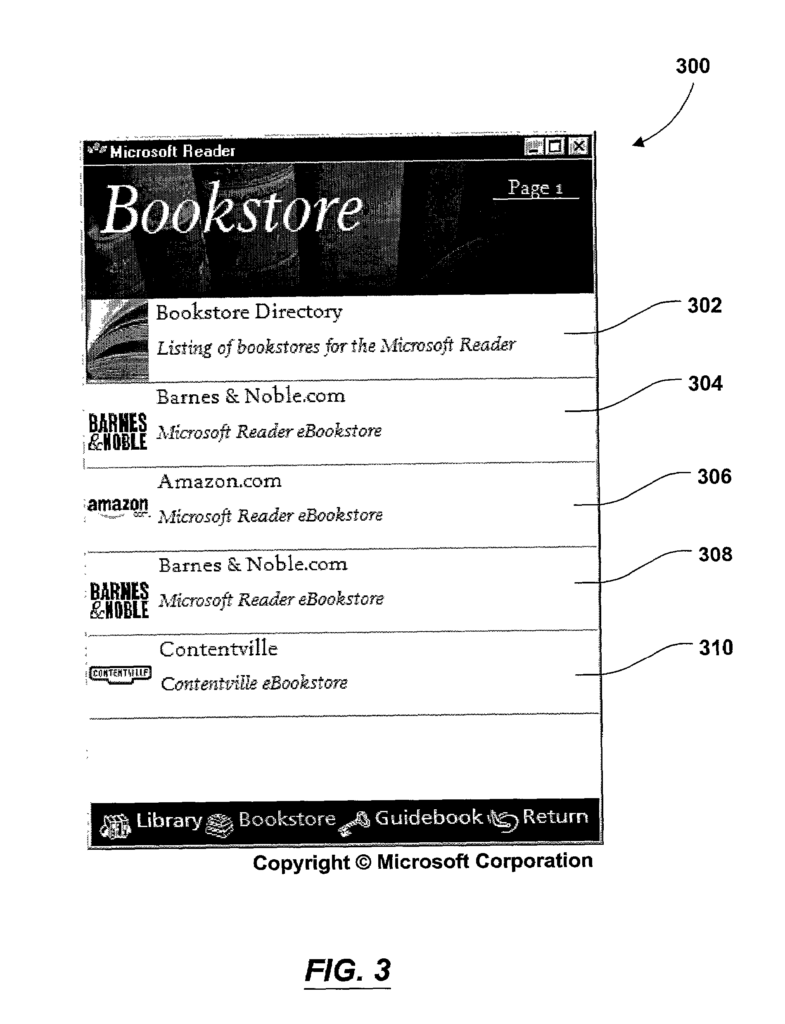
The invention can be used with a wide variety of general-purpose or special-purpose computing systems, environments, or configurations. “The invention is operable with numerous other general purpose or special purpose computing system environments or configurations.
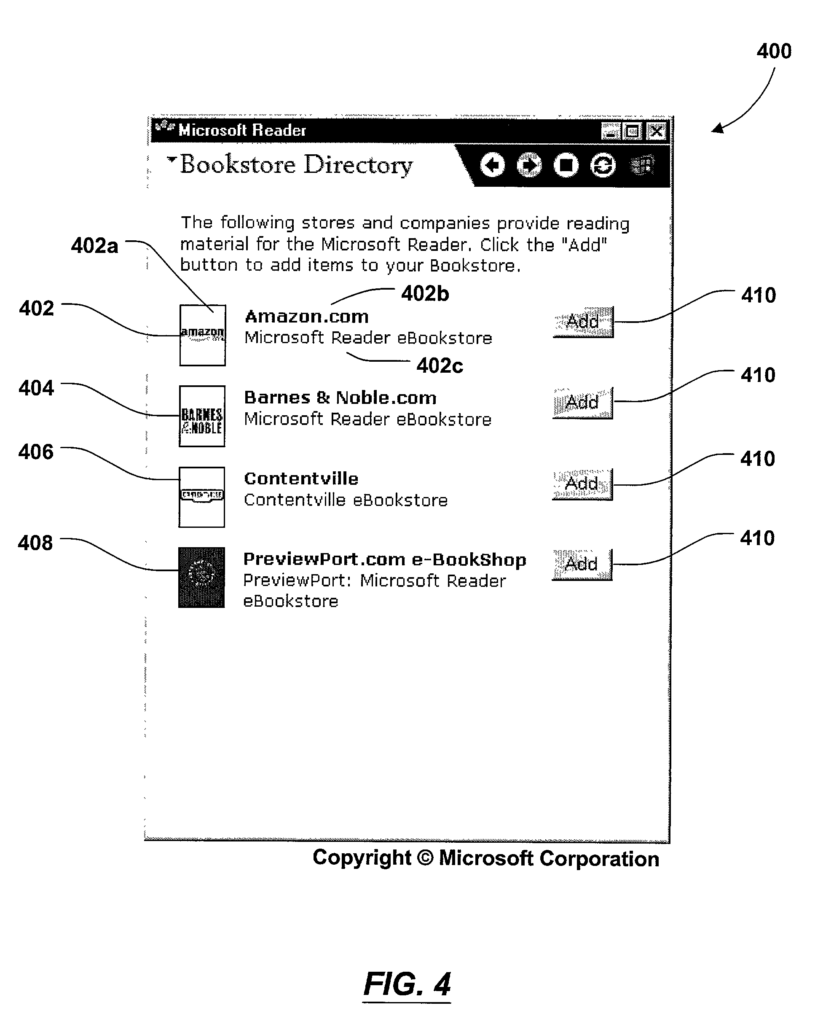
Click here to view the patent on Google Patents.
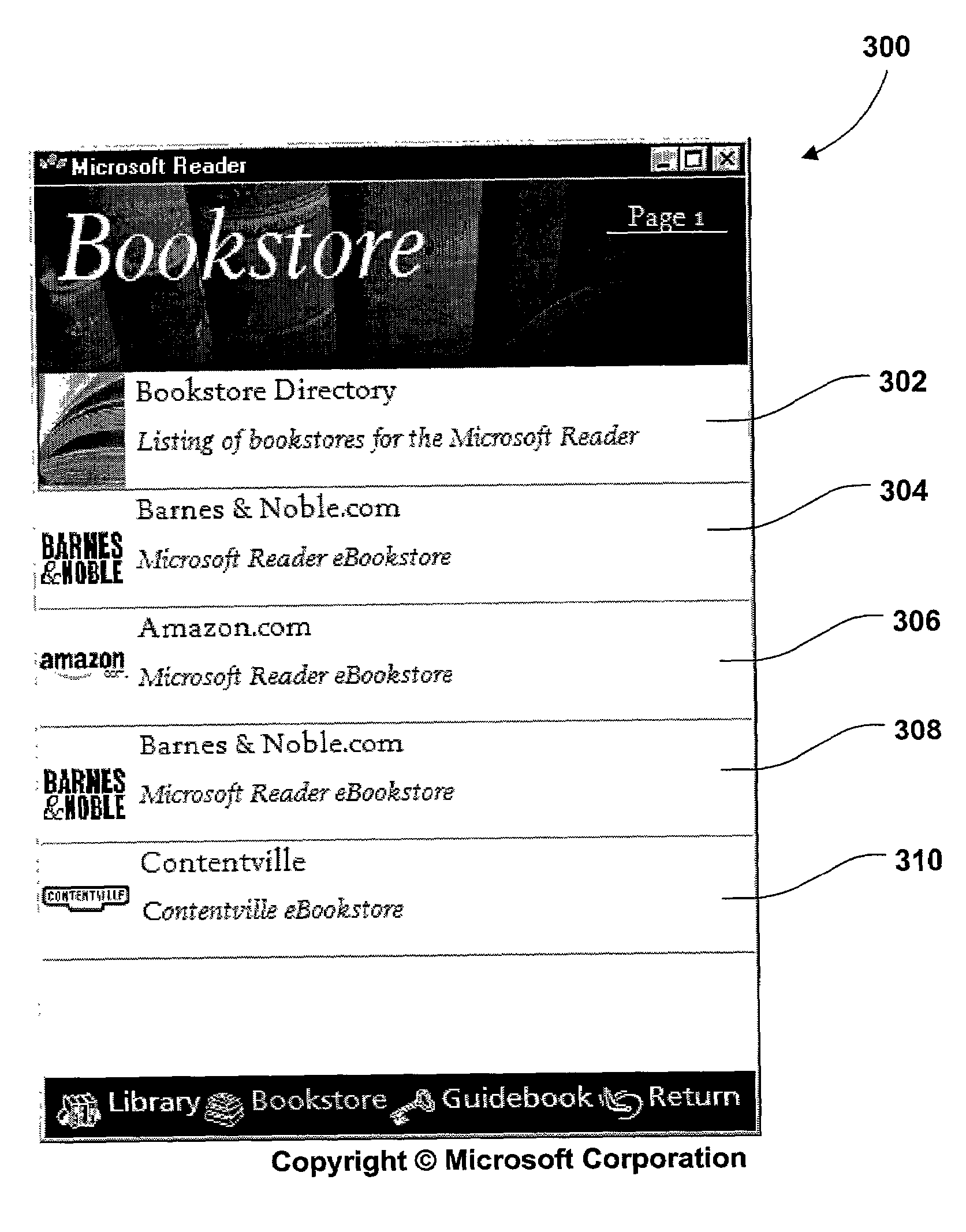
Leave a Reply